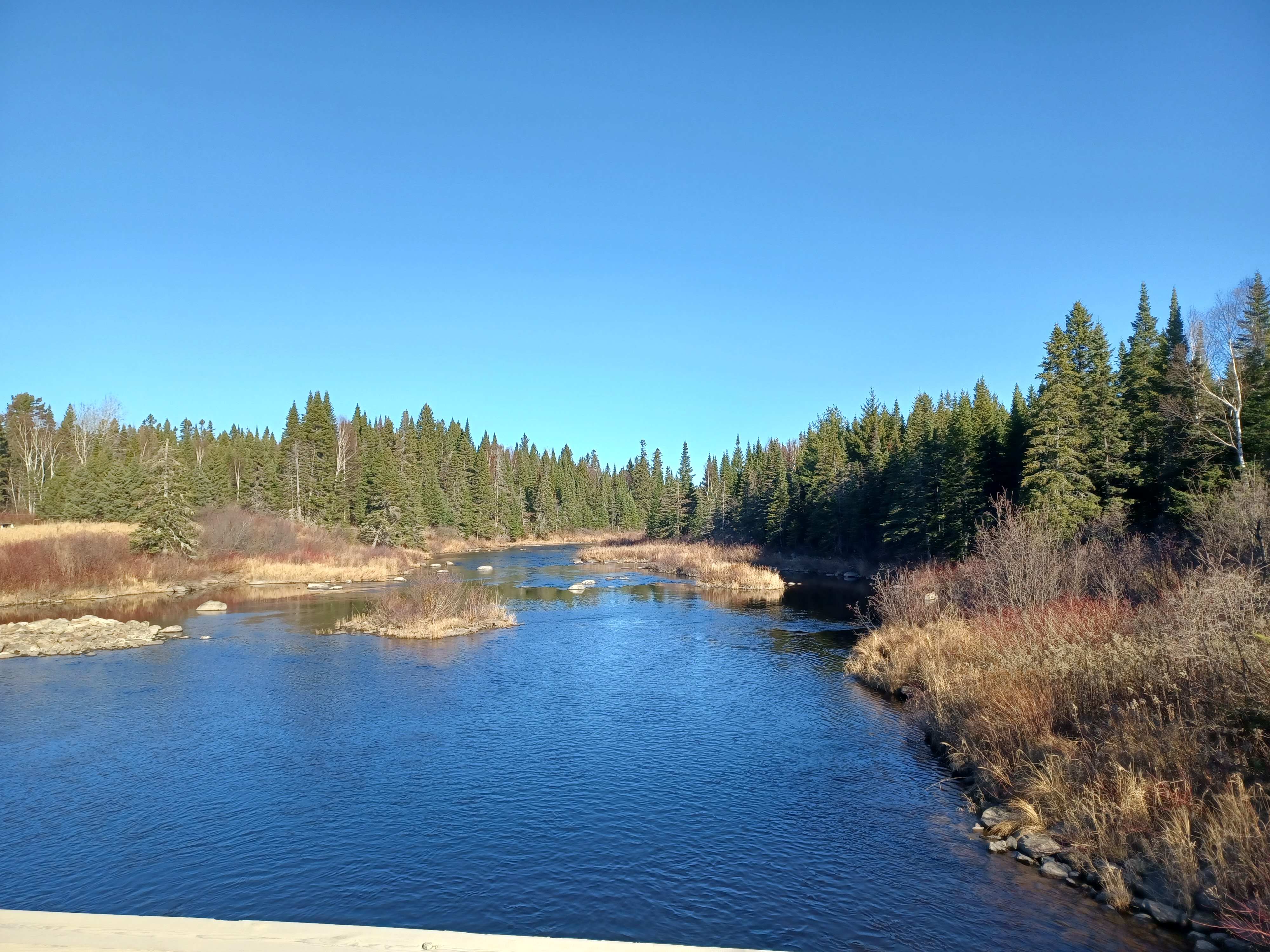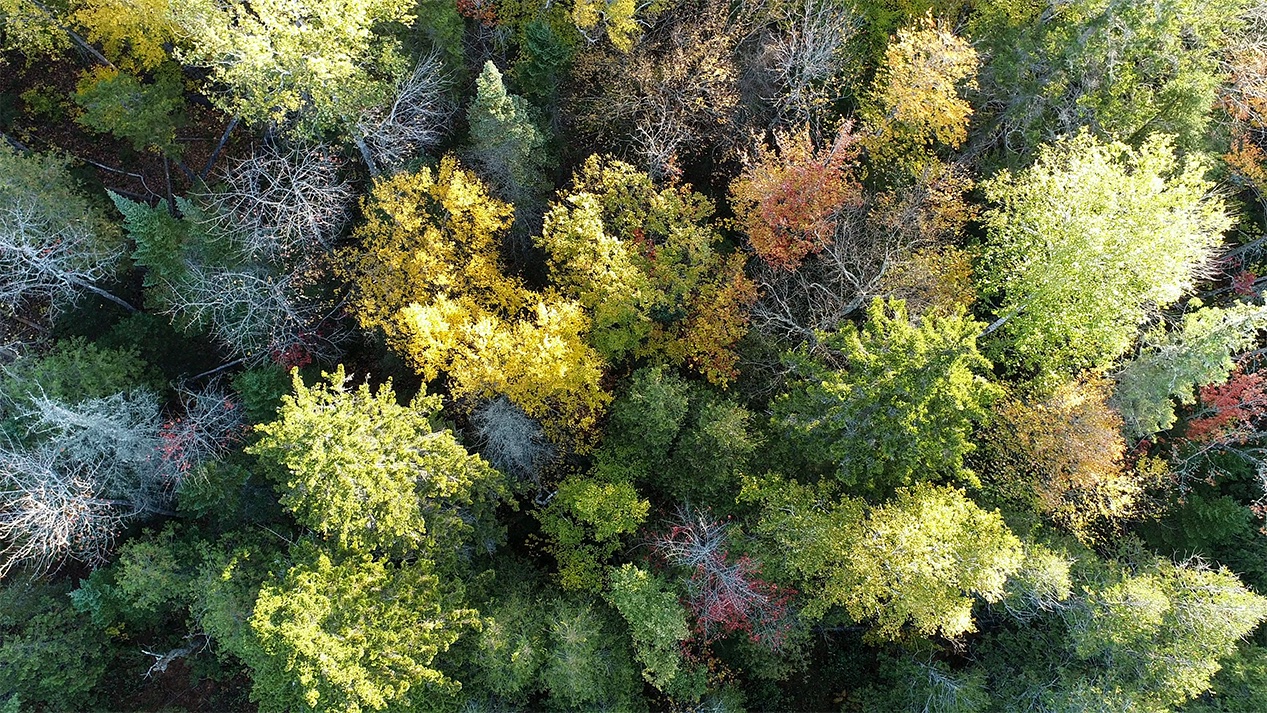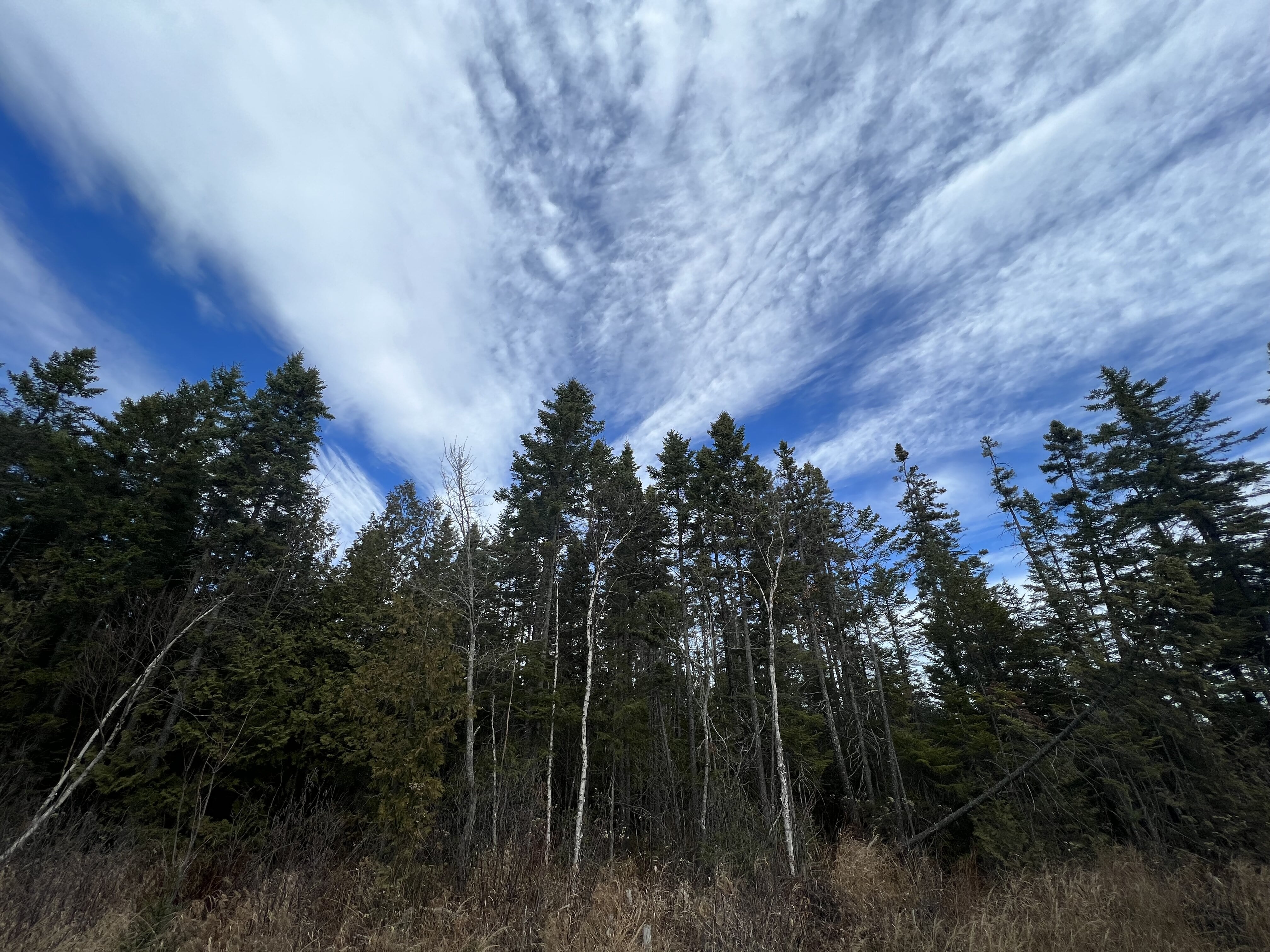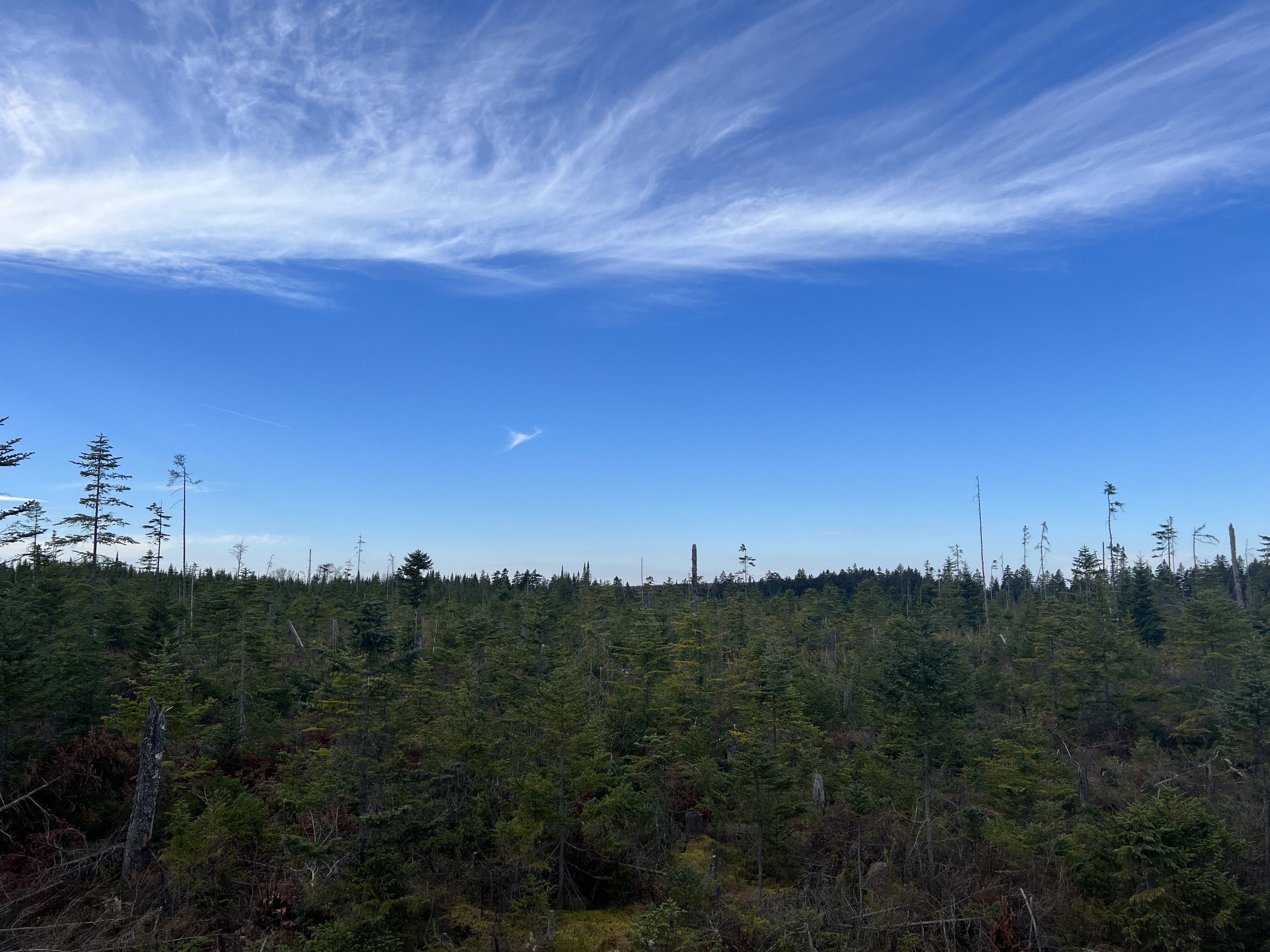








North Maine Woods Improved Forest Management
Maintaining forest CO₂ stocks through sustainable forest management
The North Maine Woods Project is a 92,000-acre project containing areas of mature hardwood stands over 100 years old, located near the Canadian border within the largest undeveloped forest in the eastern United States. Part of a landowner co-op in northern Maine comprising 4.5 million acres and aiming for responsible management and conservation, the project is estimated to remove approximately 3 million metric tons of CO2 over its lifetime. Its carbon revenues will help pay off the initial purchase loan as well as buy additional timberlands for sustainable forestry management. A baseline scenario for a timber property such as this would involve aggressive timber harvesting, which would compromise both wildlife and biodiversity.
The project area is home to black bears and a thriving moose population that averages eight to ten moose per square mile as opposed to the typical two to three per square mile. Additionally, because the project area is part of a larger network of forests, it provides important connectivity for populations of Canada lynx, while its wetlands contain unique species of both butterflies and moths.
Technology
Ratings
Project details





Project certifications
Certifier
American Carbon Registry
Registry ID
ACR587
Crediting period term
Latest project methodology
Improved Forest Management (IFM) on Non-Federal U.S. Forestlands | Version 1.3
Project design document (PDD)
PDD: North Maine Woods Improved Forest Management
Current verifier of project outcomes
Ruby Canyon Environmental, Inc